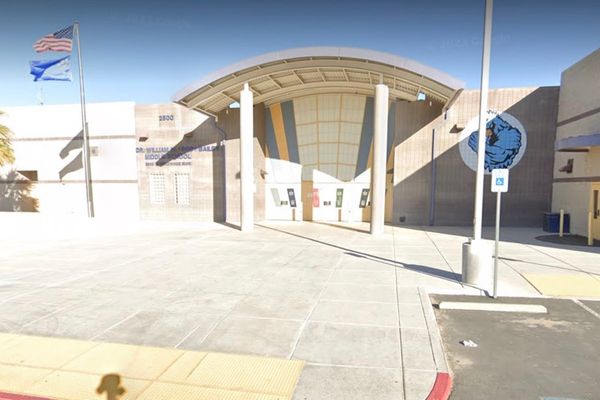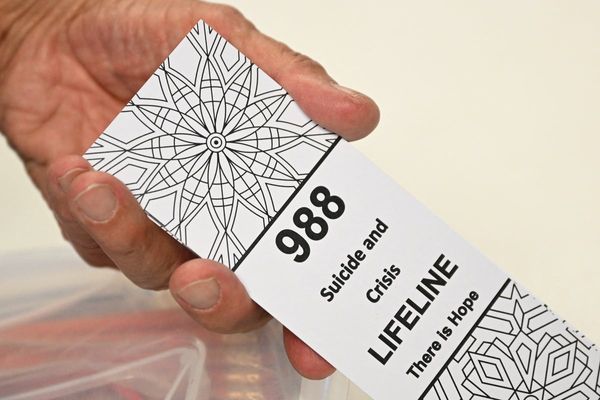
The Research Brief is a short take about interesting academic work.
The big idea
When computer science courses are delivered through career and technical education in high school, the courses can help students with learning disabilities feel better about their ability to succeed in STEM. The classes also help the students see the usefulness of computer science.
This is what we found in a recent study with our co-authors – education scholars Michael Gottfried, Jennifer Freeman.
We used national survey data from more than 20,000 students across the country to dig into this connection between computer science and science, technology, engineering or mathematics, a group of subjects generally known as STEM.
In our work, we found that – compared with other students with learning disabilities – those who took computer science courses in a career and technical education program were more likely to believe they could succeed in STEM. They were also more likely to believe STEM was useful for future employment or college options.
We also found that – within career and technical education programs – students with learning disabilities were just as likely to take computer science courses as students without learning disabilities. All our findings were still evident even after we took into account key student characteristics, such as family income, first language, gender and racial or ethnic identity.
Students with learning disabilities in our study are those who have a disability that affects their learning to write, read, spell or perform mathematical calculations.
Why it matters
Computer science is one of the fastest-growing fields in the current economy. Employment experts predict a 13% increase – about 667,000 new jobs – in these computer occupations from 2020 to 2030. That’s more than three times the rate of anticipated overall job growth.
However, there have not been enough computer science graduates in recent years to fill these jobs.
Based on our work, computer science courses appear to help students with learning disabilities develop positive attitudes toward STEM. These attitudes are linked to persistence in both computer science and STEM more generally. This makes it important for educators to encourage students to study, and stick with, computer science and STEM and make sure these students have access to these courses.
At the moment, students with learning disabilities are underrepresented in computer science fields in college and the labor market. Specifically, fewer than 8% of students in undergraduate computer science programs have any disability. This is compared with about 19% of all undergraduates.
What still isn’t known
A big question that remains is why students with learning disabilities don’t persist in computer science fields in college and, ultimately, pursue careers in the field. Even though computer science courses in high school help develop confidence and a sense of purpose, that may not be enough to encourage them to stick with it longer term.
One possible explanation might be that students with learning disabilities don’t see themselves as part of the STEM community. In our research, we looked to see if there was a link between computer science coursework and a feeling of STEM community membership. We found this connection for general education students but not for students with learning disabilities.
Another possible explanation may be that students with learning disabilities start high school with lower levels of STEM confidence and less of a sense that computer science will be useful to them in the future. Just participating in computer science courses may not be enough to make up the difference in this regard.
What’s next
One important next step will be to look at the factors that help students with learning disabilities keep studying computer science and STEM. For example, does a positive attitude toward STEM actually lead students with learning disabilities to study computer science or pursue careers in the field? We plan to explore such a question in future work.
Jay Stratte Plasman receives funding from the National Science Foundation and the Institute of Education Sciences.
Shaun M. Dougherty does not work for, consult, own shares in or receive funding from any company or organisation that would benefit from this article, and has disclosed no relevant affiliations beyond their academic appointment.
This article was originally published on The Conversation. Read the original article.







